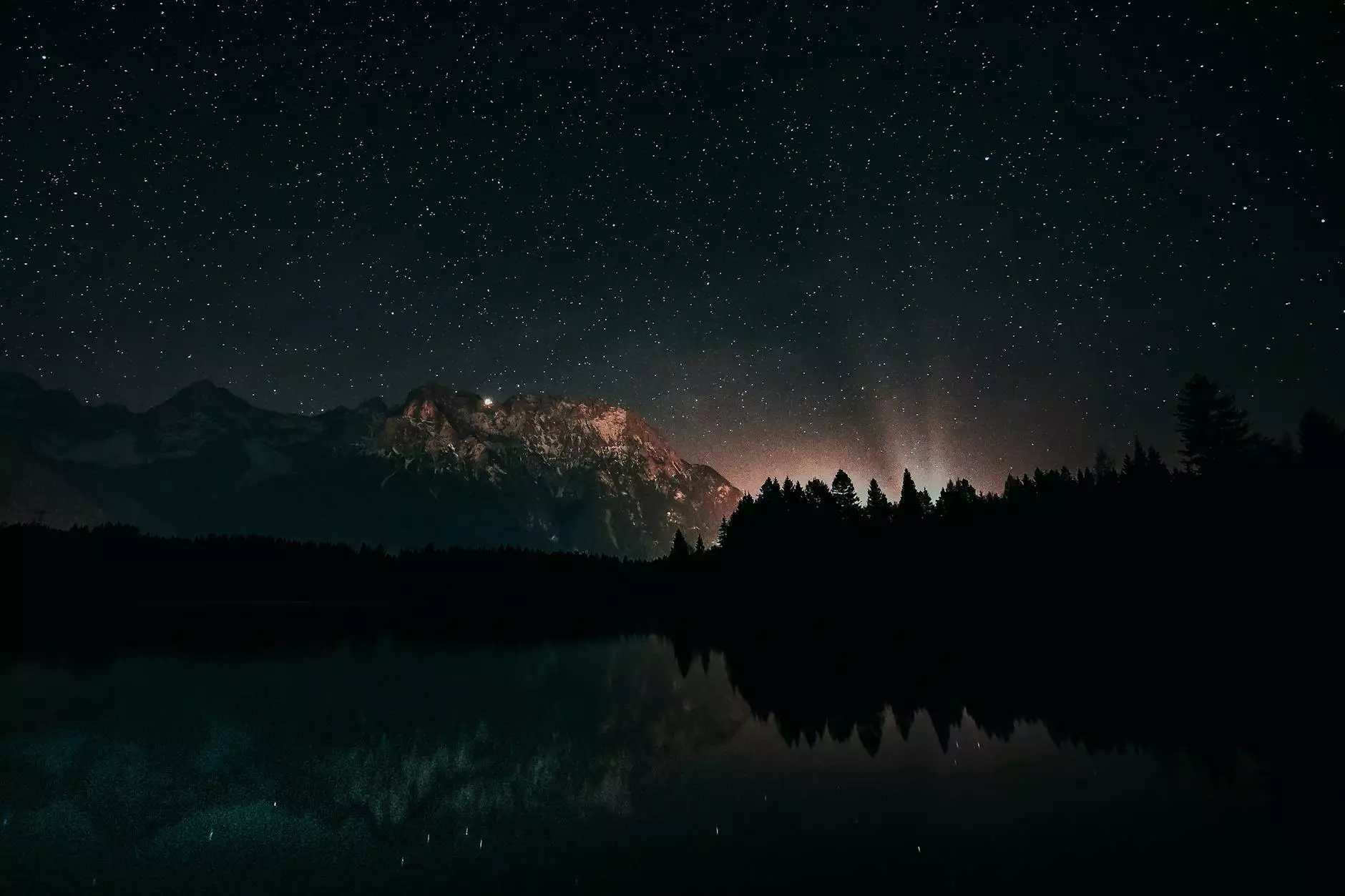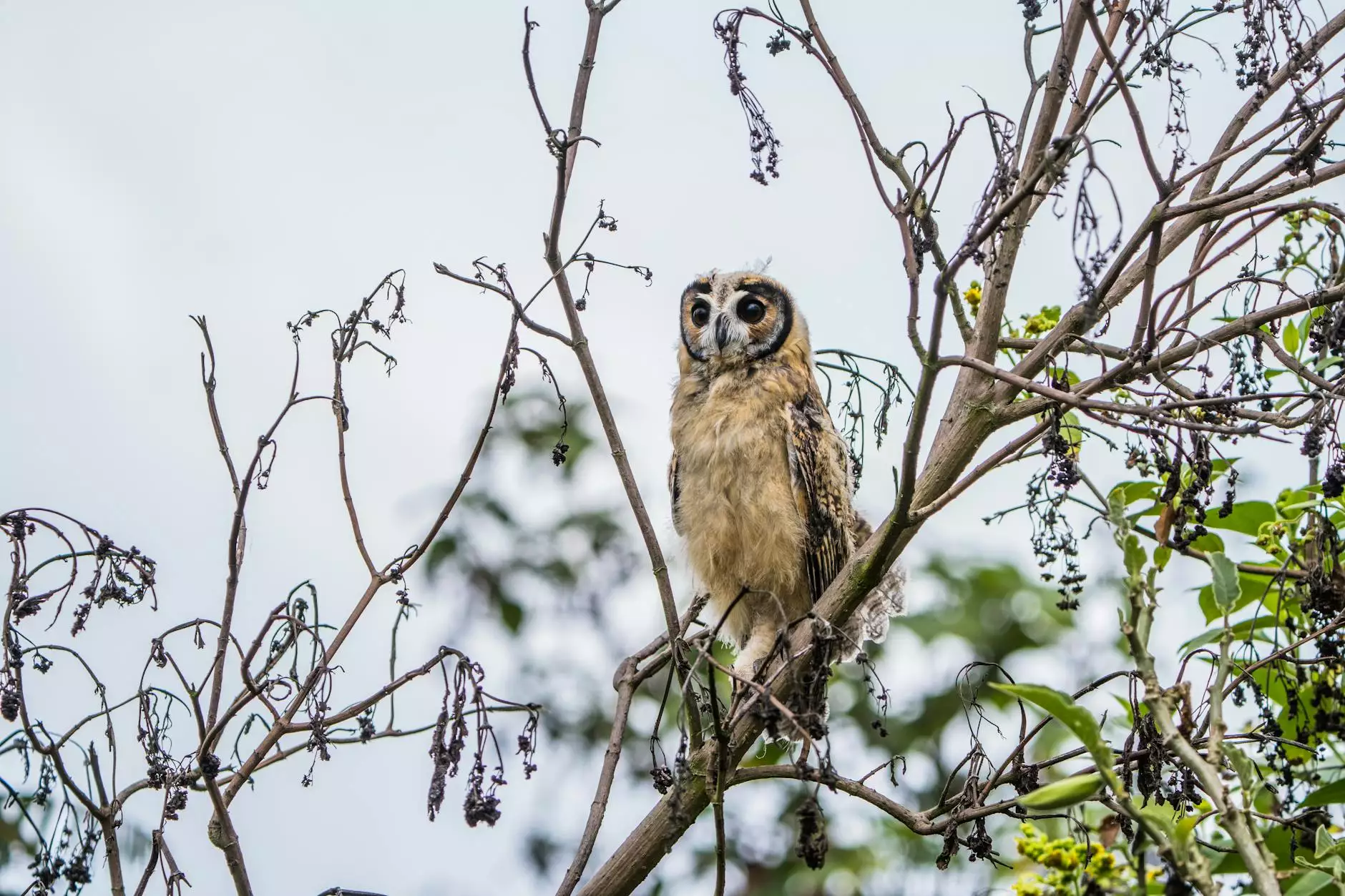The Majestic 14 Highest Mountains in the World

When it comes to breathtaking landscapes, high mountain peaks evoke a sense of adventure and awe. Across the globe, the 14 highest mountains in the world stand as monumental testaments to nature's grandeur. Whether you're a seasoned mountaineer or a curious traveler planning your next adventure, understanding these colossal formations can ignite a profound appreciation for the world we inhabit.
Overview of the 14 Highest Mountains
In the realm of mountaineering and exploration, the highest peaks offer unique challenges and experiences. These mountains are primarily located in the majestic Himalayas and the Karakoram range, straddling the borders of Nepal, China, India, and Pakistan. Here is a comprehensive list of the 14 highest mountains in the world, measured by their height above sea level.
- 1. Mount Everest - 8,848.86 meters (29,031.7 feet) - Nepal/China
- 2. K2 (Mount Godwin-Austen) - 8,611 meters (28,251 feet) - Pakistan/China
- 3. Kangchenjunga - 8,586 meters (28,169 feet) - Nepal/India
- 4. Lhotse - 8,516 meters (27,940 feet) - Nepal/China
- 5. Makalu - 8,485 meters (27,838 feet) - Nepal/China
- 6. Cho Oyu - 8,188 meters (26,864 feet) - Nepal/China
- 7. Dhaulagiri - 8,167 meters (26,795 feet) - Nepal
- 8. Manaslu - 8,163 meters (26,781 feet) - Nepal
- 9. Nanga Parbat - 8,126 meters (26,660 feet) - Pakistan
- 10. Annapurna I - 8,091 meters (26,545 feet) - Nepal
- 11. Gasherbrum I - 8,080 meters (26,509 feet) - Pakistan/China
- 12. Broad Peak - 8,051 meters (26,414 feet) - Pakistan/China
- 13. Gasherbrum II - 8,035 meters (26,362 feet) - Pakistan/China
- 14. Shishapangma - 8,027 meters (26,335 feet) - Tibet/China
Exploring the Summit: Historical Significance of These Majestic Peaks
The allure of the 14 highest mountains in the world has captivated explorers and climbers for generations. Each mountain holds its own historical significance that contributes to its global recognition.
Mount Everest: The Pinnacle of Adventure
Mount Everest, known as Sagarmatha in Nepali and Chomolungma in Tibetan, is often the first peak that comes to mind when discussing high mountains. First summited by Sir Edmund Hillary and Tenzing Norgay in 1953, Everest has since become a symbol of human perseverance. The phrase "conquering Everest" has become synonymous with achieving the seemingly impossible.
K2: The Savage Mountain
K2, dubbed the Savage Mountain, is notorious for its treacherous conditions and high fatality rate among climbers. Its second place stature in height is overshadowed by the dangers it presents. The first successful ascent was in 1954 by an Italian team, and today, K2 remains a coveted challenge for elite mountaineers.
Kangchenjunga: The Guardian of the Himalayas
Kangchenjunga, revered as the Guardian of the Himalayas, is the third-highest mountain in the world. Its significance is deeply rooted in local culture and spirituality. The mountain is considered sacred, and its first ascent occurred in 1955 when climbers chose to stop just short of the summit out of respect for local customs.
The Beauty and Challenges of Trekking in High Mountains
Trekking in the vicinity of the 14 highest mountains in the world provides a unique opportunity to connect with nature and experience breathtaking landscapes. However, it comes with a set of challenges that are crucial for trekkers to understand.
Altitude Sickness: A Serious Concern
As trekkers ascend to higher altitudes, the risk of altitude sickness becomes a significant concern. Symptoms can range from mild headaches to life-threatening conditions, making it essential for trekkers to acclimatize properly. Following a gradual ascent plan and allowing sufficient time for adjustment can dramatically reduce these risks.
Weather Conditions: Nature's Unpredictability
The weather in these high-altitude areas can change rapidly, presenting challenges including snowstorms, heavy winds, and extreme temperatures. It’s vital for trekkers to check weather forecasts, prepare accordingly, and remain flexible in their travel plans.
Travel Services for the Adventurous Spirit
At himalayandream.team, we pride ourselves on providing exceptional travel services tailored for those wishing to explore the 14 highest mountains in the world. From guided treks to customized itineraries, our expert team ensures that every adventurer's need is met with care and authenticity.
Guided Tours: Safety and Expertise
Utilizing experienced guides is critical in navigating the complexities of high-altitude trekking. Our guided tours are designed to prioritize safety while giving trekkers profound insights into the cultural and environmental aspects of the regions surrounding these mountains. Expert guidance enhances the adventure, enabling trekkers to focus on the experience.
Custom Travel Packages
Every adventurer has unique preferences and capabilities. Our custom travel packages allow you to tailor your journey based on your interests, whether it’s leisurely hikes, vigorous ascents, or cultural immersions in local communities. At himalayandream.team, we ensure that your trekking experience aligns perfectly with your aspirations.
Walking Tours: A Closer Connection to Nature
Walking tours offer an intimate way to experience the awe-inspiring landscapes of the Himalayas. Our carefully curated walking tours move at a pace that allows for deeper reflection on the breathtaking scenery and precious moments along the way.
Engaging with Local Culture
One of the most rewarding aspects of walking tours in the Himalayas is the opportunity to engage with local cultures. Visiting traditional villages, partaking in local rituals, and tasting regional cuisines enrich the trekking experience. At himalayandream.team, we promote respectful interactions that foster mutual understanding between travelers and local communities.
Nature and Wildlife Observation
The diverse ecosystems surrounding the 14 highest mountains in the world are havens for flora and fauna. Most treks and walking tours include opportunities for wildlife observation, where trekkers may spot unique species native to the Himalayan region. From majestic deer to nimble snow leopards, the natural world is both beautiful and mysterious.
Planning Your Adventure to the 14 Highest Mountains
Creating an unforgettable adventure involves meticulous planning. Here are essential steps to consider when preparing to trek the stunning mountainous regions of the Himalayas:
- 1. Research Thoroughly: Understand the specific mountain’s challenges, climate, and cultural significance.
- 2. Choose the Right Season: Timing greatly impacts the safety and experience of your trek.
- 3. Evaluate Your Fitness Level: Being physically prepared is crucial for high-altitude treks.
- 4. Pack Appropriately: Invest in high-quality gear and pack essentials carefully.
- 5. Book with Experienced Tour Operators: Choose reliable services like himalayandream.team to enhance your trip.
Conclusion: A Journey Worth Taking
The 14 highest mountains in the world are not just mere elevations; they symbolize human aspiration, adventure, and exploration. They present both challenges and incredible rewards for those who dare to venture into their shadow. As you plan your trekking journey, remember to choose authentic experiences that resonate with your adventurous spirit.
With unwavering commitment to offering the best in tours and travel services, himalayandream.team stands ready to help you embrace this unique journey. Let the mountains inspire you to pursue your dreams and embark on adventures that are etched in your memory forever.









